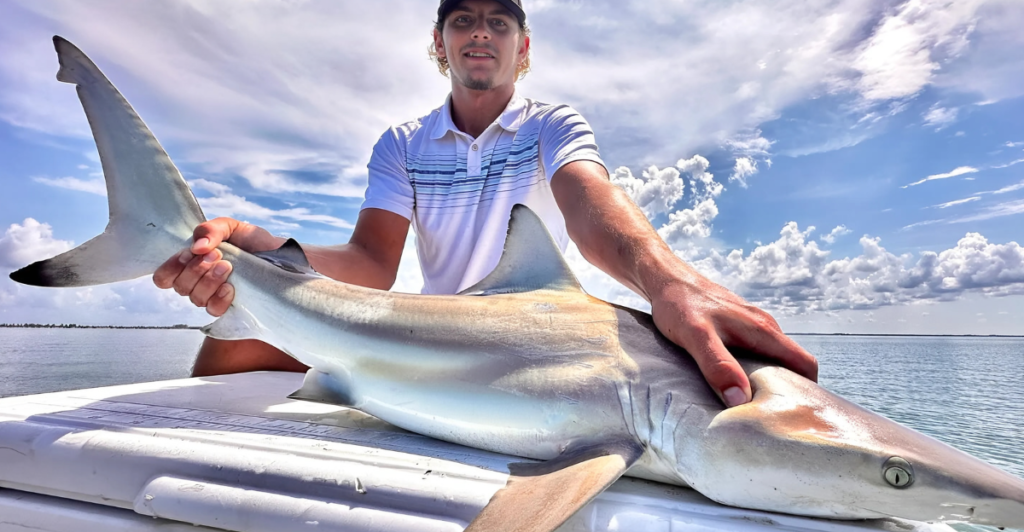
Lake Nicaragua is an amazing body of water with a lot of biodiversity underneath its surface. Curiously, it’s one of the only freshwater bodies of water in the world to house oceanic life. The lake is nearly 5000 square miles. The diverse habitat in the lake includes many freshwater species, including one surprising predator.
The Bull Shark
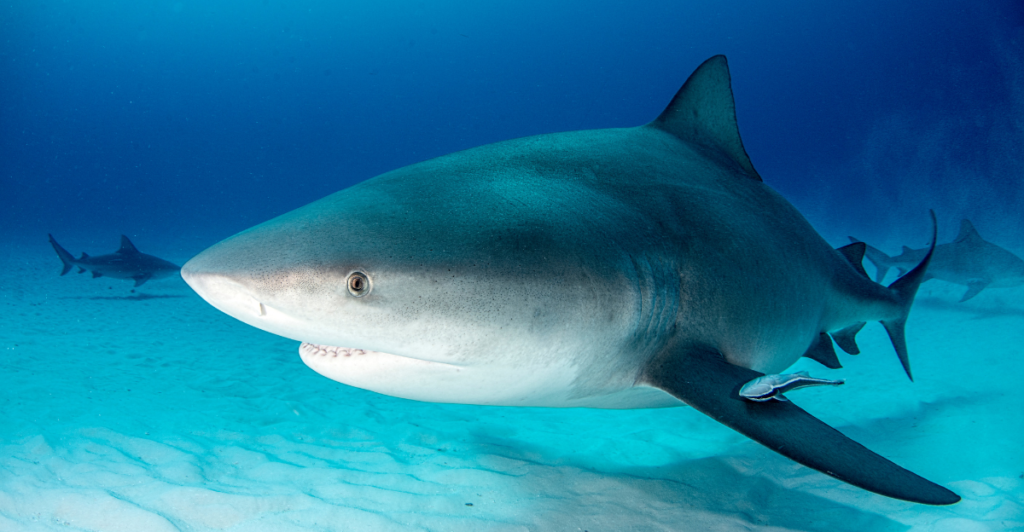
One of the more surprising species in Lake Nicaragua is the bull shark. Researchers originally mistook them for a local species before realizing that the bull sharks must have been migrating up the San Juan River from the Caribbean sea.
Unique Adaptations
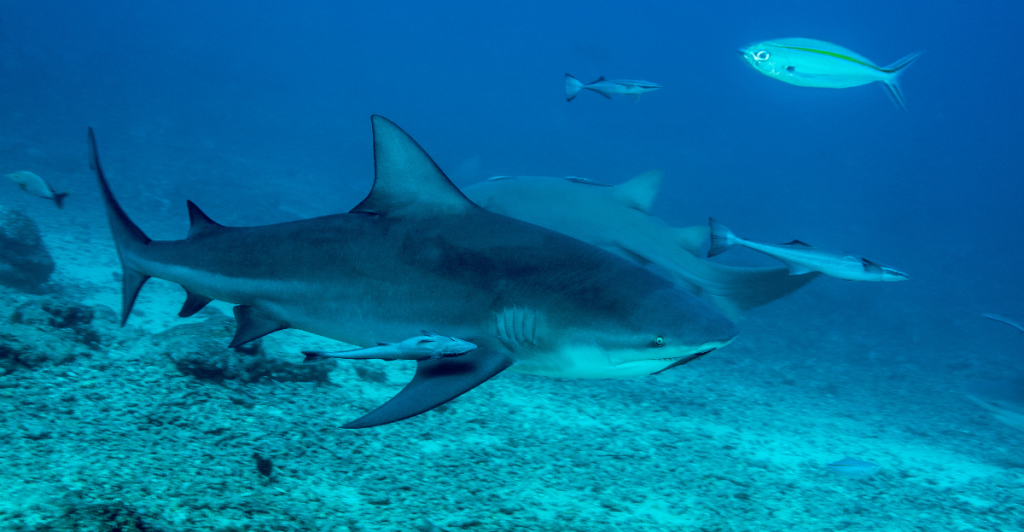
Species of bull sharks that live in freshwater have been studied, and unique adaptations have been shown to their new habitat. They have changed their reproductive systems to better suit the lake’s size and have smaller eyes, which aid in hunting in murky waters compared to the crystal clear ocean they once inhabited.
Migratory Patterns
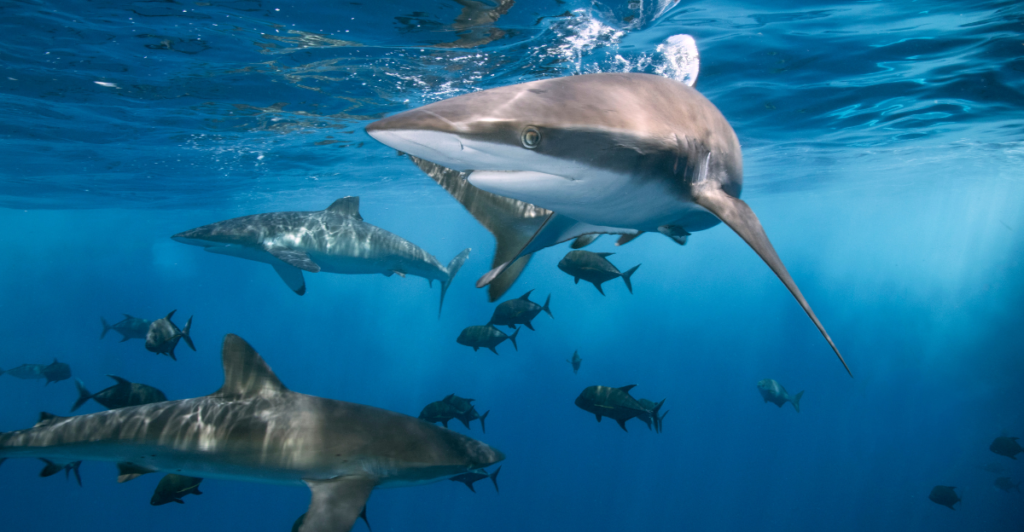
Bull sharks are a resilient species that have adapted to both saltwater and freshwater environments to take advantage of what they both have to offer. They hop the rapids in the San Juan River to end up in the lake, which aids in their reproduction and their survival.
Conservation
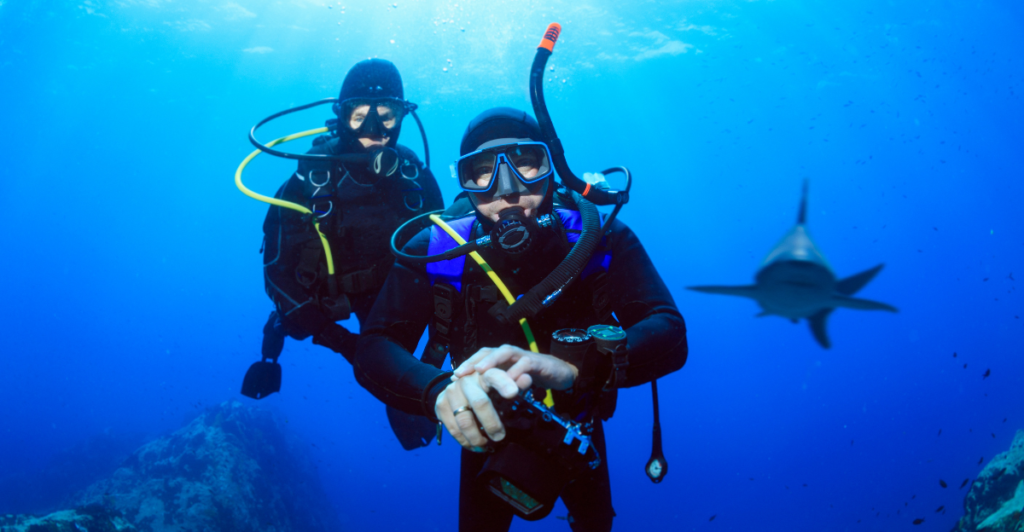
The bull shark population in Lake Nicaragua are under threats due to habitat loss and a reduction in seasonal rains. They are a unique population and conservation is key in ensuring that bull sharks can continue to move to and from the lake as their survival demands.
Tarpon

There are more than just bull sharks found in Lake Nicaragua. The waters are home to many different species, both freshwater and oceanic. Tarpons are another noticeable sea species that are known for the enormous proportions and adaptations to live in most waters.
Sawfish
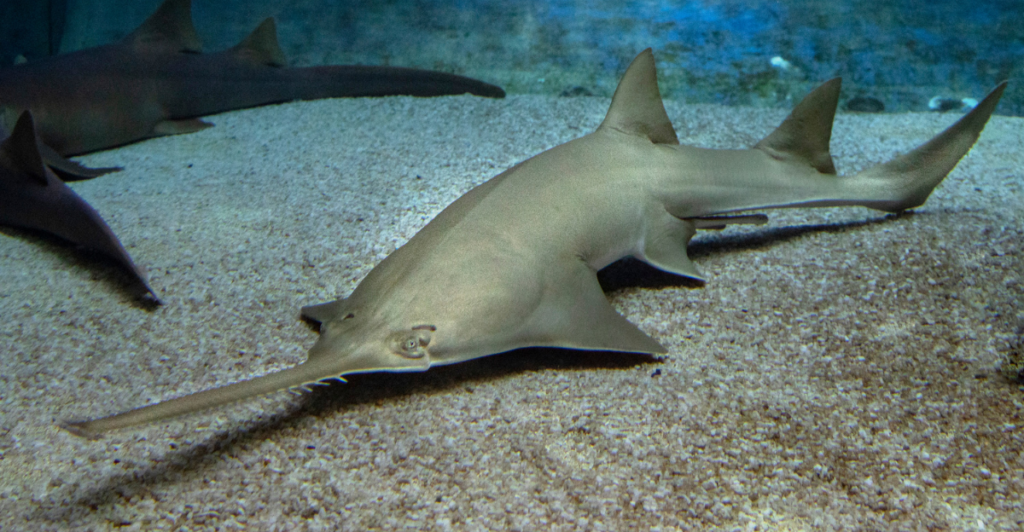
Amongst the sharks and tarpon are also sawfish. They have saw-like snouts that allow them to defend themselves, hunt prey, and also track through pores on the long protrusion. They are a part of the special ecosystem that Lake Nicaragua hosts.
Swordfish
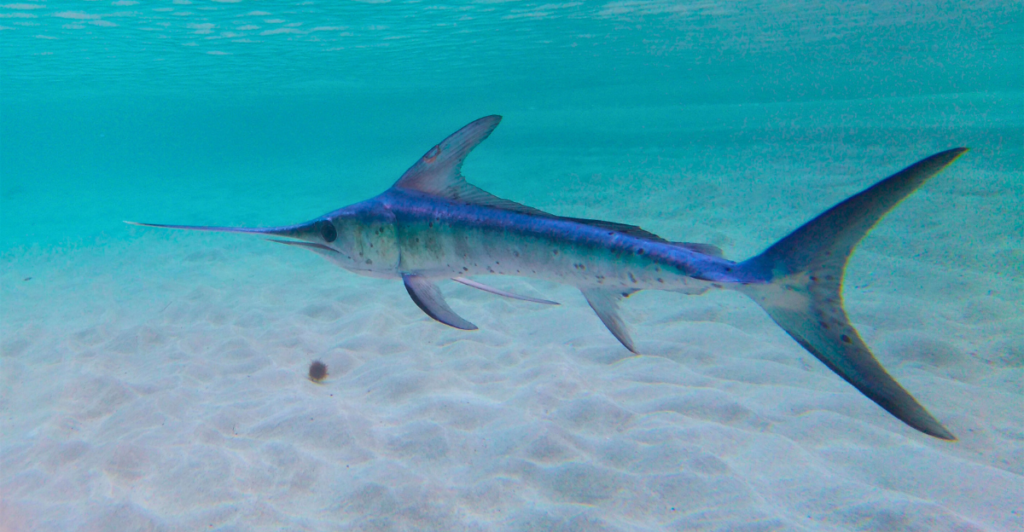
Swordfish are another species that have started inhabiting the freshwater of the lake. They have a long bill that, as the name implies, looks similar to a sword. They use their long noses to stun their prey before going in for the kill. Their protrusions are amazingly sturdy, and do not break easily.
Geological History
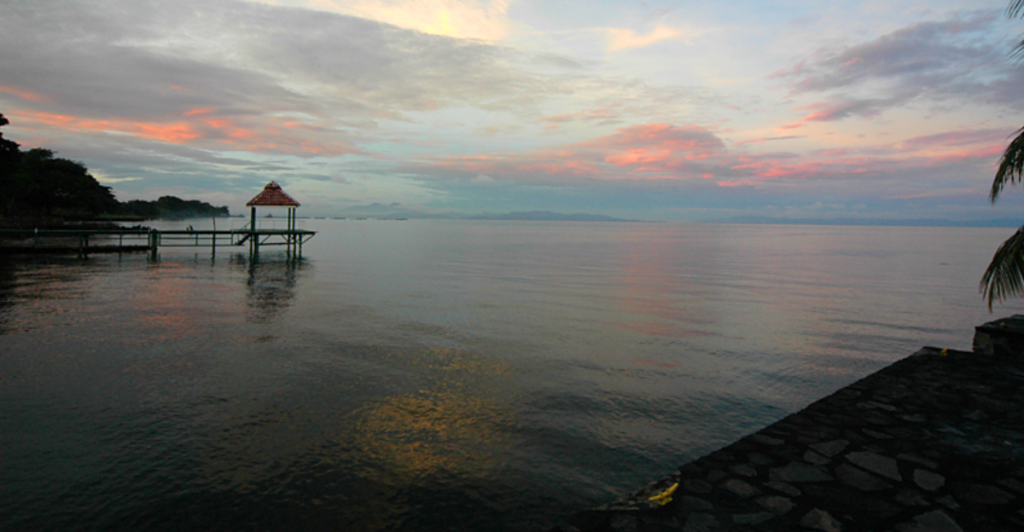
Researchers studying the geology of Lake Nicaragua have found evidence that it once connected straight to the ocean. This could be how so many saltwater species made it into the now isolated lake and adapted to the freshwater over time.
Ecological Importance
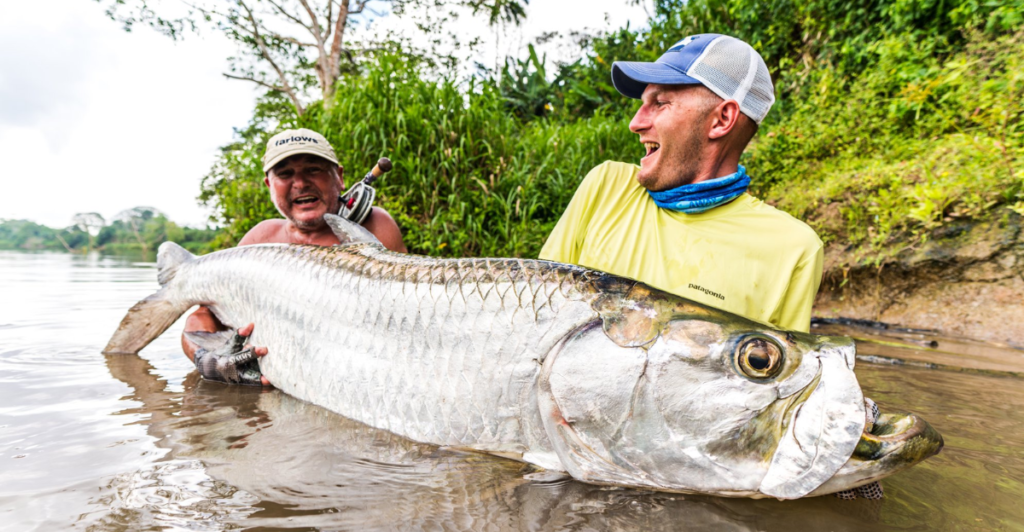
The lake is an important ecological habitat, with it supporting over 40 fish species and many birds. This biodiversity keeps the ecosystem balanced and resilient to ecological changes. But despite this, there are threats to the lake’s habitat.
Ongoing Threats
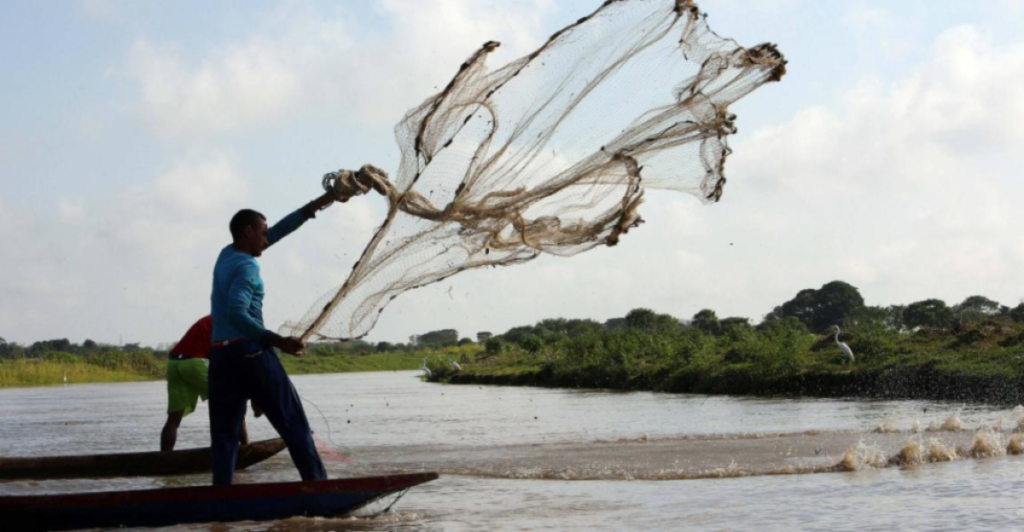
The lake’s occupants have ongoing threats that need conservation in order to thrive. Factors like overhunting and the introduction of invasive species have contributed to lower biodiversity and diminished local populations.
Conservation
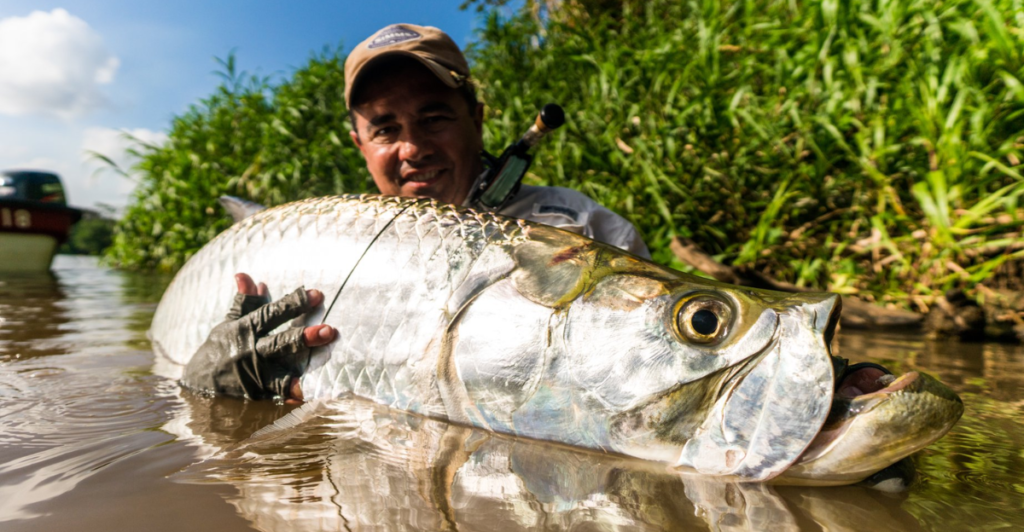
Lake Nicaragua has one of the most bizarre and unique ecosystems on the planet, all housed in just 5000 square miles of water. If these ecosystems are to survive, conservation needs to be prioritized. Regulations on fishing and better invasive species management would be a good start.
A Testament To Nature
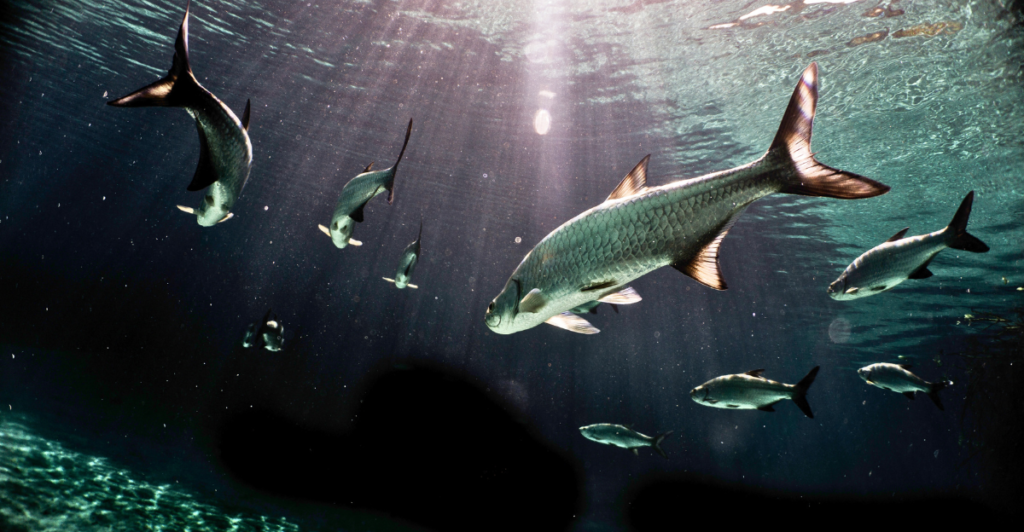
The extraordinary lake is a testament to the evolution of marine animals and their willingness to adapt once the lake was formed, which isolated many species. The biodiversity is unparalleled, which makes it all the more important to appreciate, and protect this natural marvel.
Explore more of our trending stories and hit Follow to keep them coming to your feed!

Don’t miss out on more stories like this! Hit the Follow button at the top of this article to stay updated with the latest news. Share your thoughts in the comments—we’d love to hear from you!







